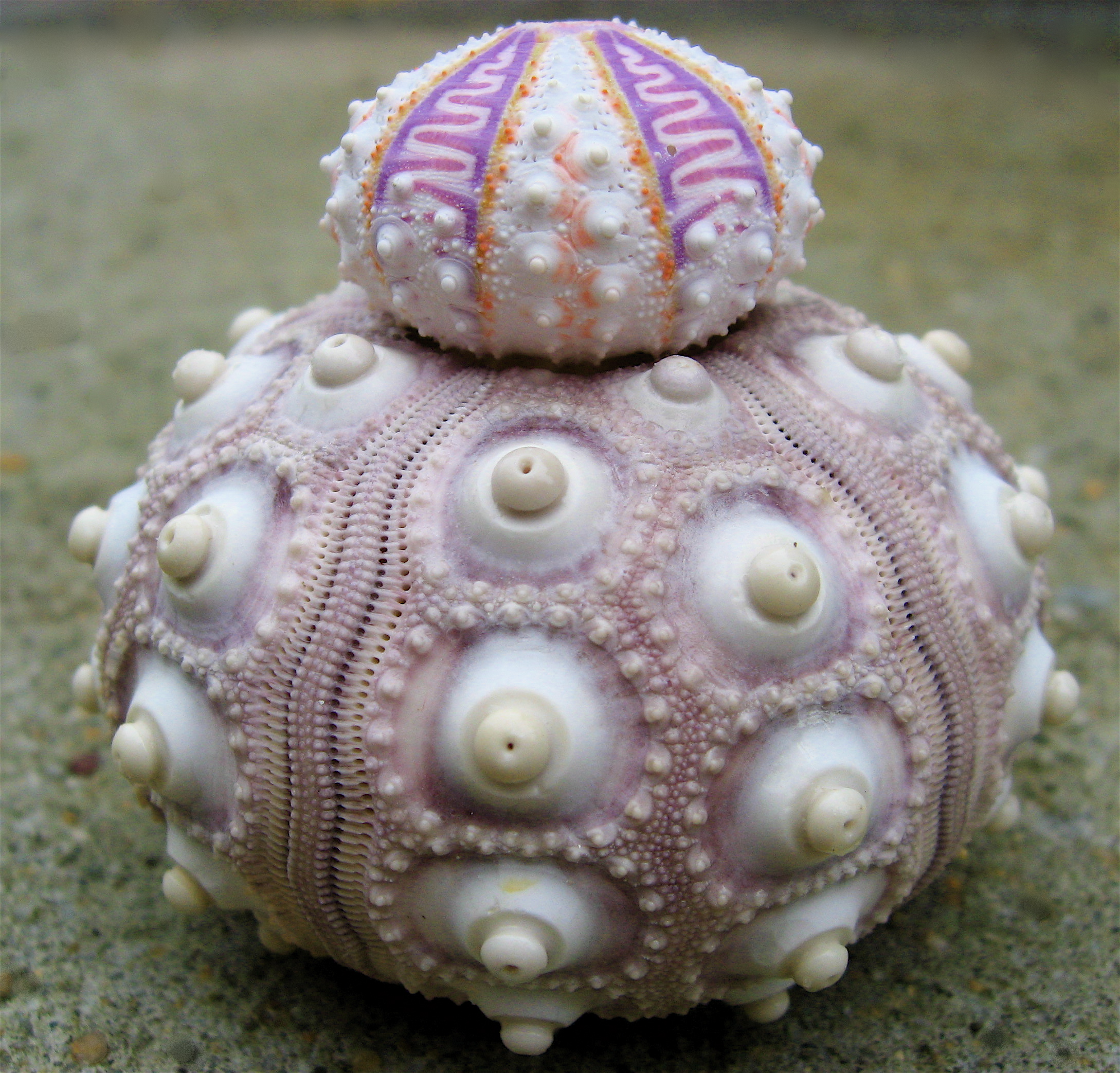
It's been a while since I've read Rupert Sheldrake but since I just read through The Undivided Universe it seemed right to look again at a biological extension of the theory of quantum fields. I started to do so on a day when it was reported that fruit flies sense smell via the quantum scale signature of objects (quantum tunneling of electrons), rather than by molecular shape, as previously thought. That makes three bigger-than-expected-scale quantum phenomena in life forms: photosynthesis, and a quantum scale magnet in the eyes of some birds. The tiny magnet and the photosynthesizing molecules sustain entangled particles, in the birds' case for significantly longer than in a lab.
(Incidentally these phenomena strike more blows to the taboo on an ontological interpretation of quantum theory; more blows, that is, against the epistemology-only interpretation that is the basis of the Standard Model. Birds' eyes are not labs and photons entering them are not physicists. And the scale is way, way above the Planck length, in the domain usually called the Classical level.)
Sheldrake's introduction to the new edition of A New Science of Life (Morphic Resonance is the new title) reminds me about the collapse of speculation in totally deterministic reductionism based on gene sequencing, a collapse that happened later in the 1990s. Once the human genome was sequenced people were surprised that we only carry 25 000 genes, while a sea urchin for instance has 26 000. Rice has 38 000. Fruit lies have 17 000. Humans were expected to have 100 000.
Why the constant, dogged insistence on teleology: “Humans are ‘more’ evolved and thus should have ‘more’ genes because they are ‘more’ ‘complex’ ”—even from neo-Darwinists who rail against adaptationism? It's a hard habit to shake I guess. Further proof that we aren't yet ready for the “greatest humiliation.”
No comments:
Post a Comment